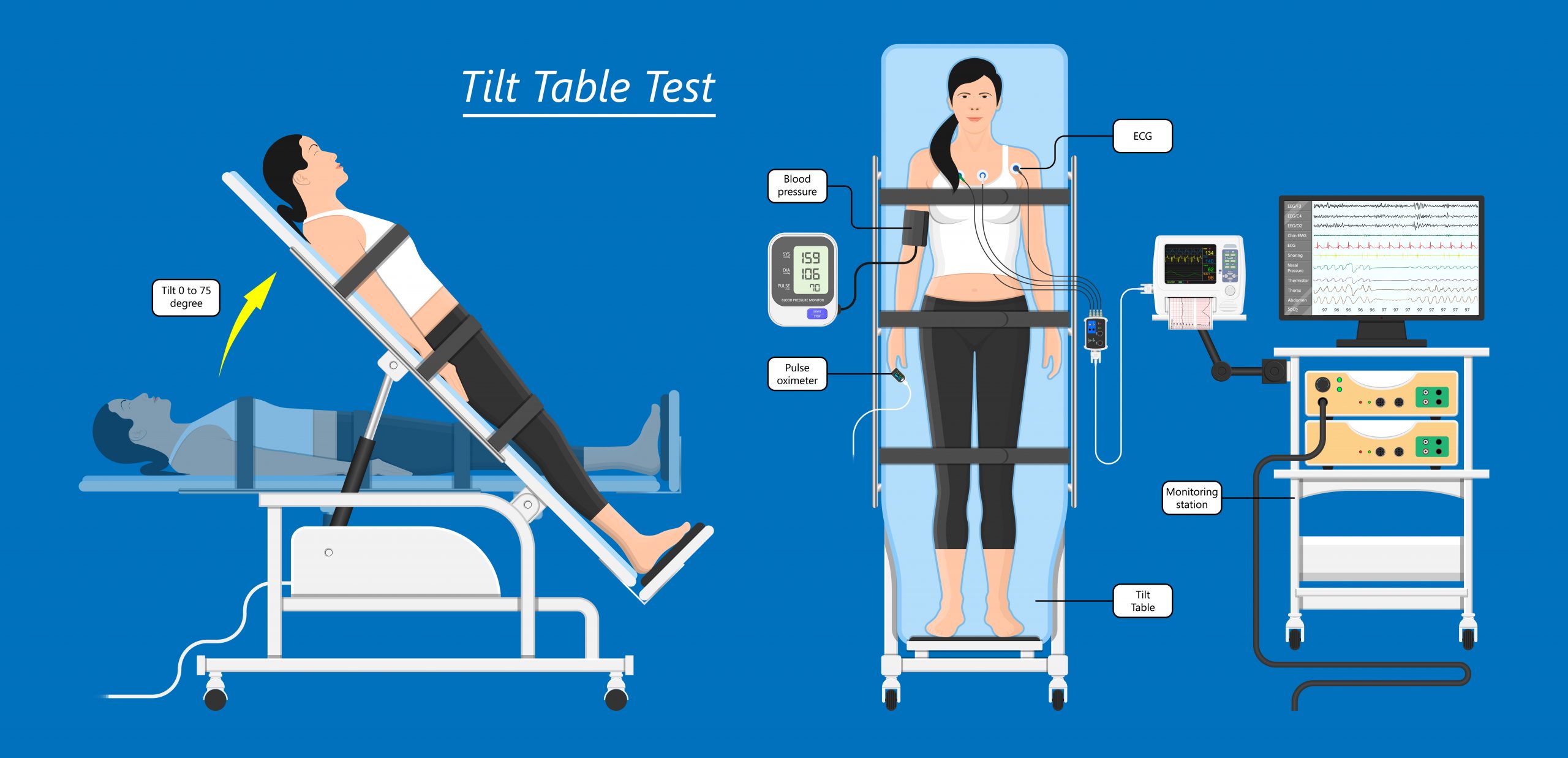In assessing the source of inexplicable fainting, a tilt-table test is being used. Your doctor might suggest a tilt-table test if you experienced a continuous, unexplained occurrence of feeling close to losing consciousness or passing out. The said test is being conducted to know if the root may be associated with the blood pressure or heart rate.
Why is it being conducted?
The tilt-table test might be suggested by your doctor to stimulate the symptoms and indicators, such as feeling close to losing consciousness or passing out while observing your heart rate and blood pressure.
The one who is responsible for controlling your heart rate and blood pressure is your nervous system. If you move into a standing position throughout the Tilt-table test, your blood pressure and heart rate might go lower immediately. A small amount of blood may circulate to your brain, perhaps, making you faint.


